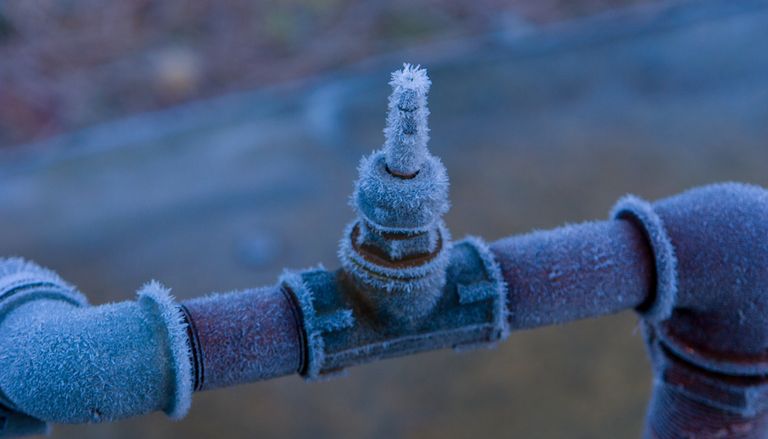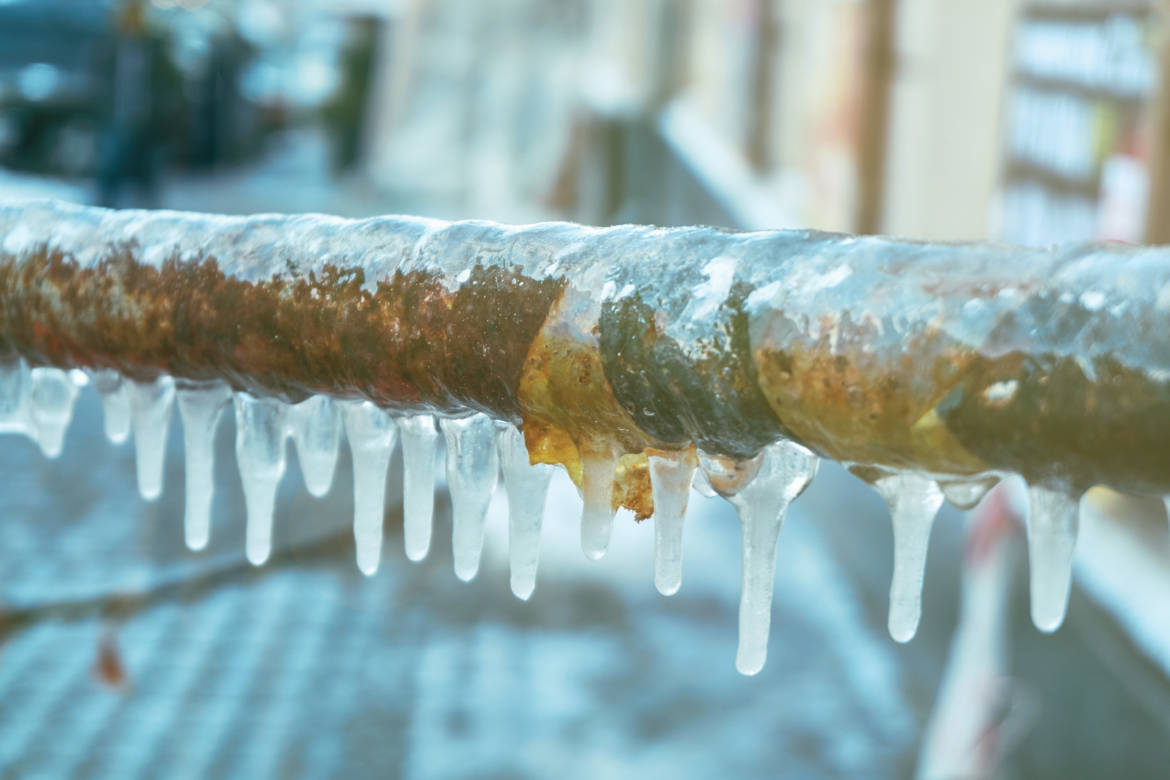Guidance for Avoiding Frozen Pipes in Winter: Specialist Insights
Guidance for Avoiding Frozen Pipes in Winter: Specialist Insights
Blog Article
We have encountered this article involving Preventing and dealing with frozen pipes listed below on the net and figured it made perfect sense to share it with you in this article.

Cold weather can wreak havoc on your pipes, specifically by freezing pipes. Below's how to avoid it from occurring and what to do if it does.
Intro
As temperatures decrease, the danger of icy pipelines increases, possibly resulting in costly repair services and water damage. Understanding how to prevent frozen pipes is critical for property owners in cold climates.
Avoidance Tips
Insulating susceptible pipes
Cover pipes in insulation sleeves or use warm tape to protect them from freezing temperature levels. Focus on pipelines in unheated or outside areas of the home.
Heating strategies
Keep interior areas appropriately heated up, specifically locations with plumbing. Open cabinet doors to allow warm air to circulate around pipes under sinks.
How to determine icy pipes
Seek reduced water circulation from taps, unusual odors or noises from pipelines, and noticeable frost on exposed pipes.
Long-Term Solutions
Architectural modifications
Consider rerouting pipelines far from outside wall surfaces or unheated locations. Include extra insulation to attic rooms, cellars, and crawl spaces.
Upgrading insulation
Invest in premium insulation for pipes, attics, and walls. Appropriate insulation assists keep consistent temperature levels and lowers the threat of frozen pipelines.
Protecting Outside Plumbing
Garden pipes and exterior faucets
Detach and drain garden hose pipes prior to winter season. Install frost-proof spigots or cover outdoor taps with insulated caps.
Understanding Icy Pipes
What triggers pipelines to freeze?
Pipelines ice up when revealed to temperature levels below 32 ° F (0 ° C) for expanded periods. As water inside the pipelines freezes, it broadens, taxing the pipeline walls and possibly creating them to burst.
Dangers and damages
Frozen pipes can result in supply of water disruptions, residential property damage, and costly repairs. Ruptured pipelines can flood homes and create considerable architectural damages.
Indicators of Frozen Piping
Identifying frozen pipelines early can prevent them from rupturing.
What to Do If Your Pipes Freeze
Immediate activities to take
If you presume frozen pipes, keep taps open up to relieve pressure as the ice melts. Use a hairdryer or towels soaked in warm water to thaw pipes slowly.
Final thought
Stopping icy pipelines needs proactive steps and fast actions. By recognizing the causes, indications, and preventive measures, home owners can protect their plumbing during winter.
6 Proven Ways to Prevent Frozen Pipes and Protect Your Home
Disconnect and Drain Garden Hoses
Before winter arrives, start by disconnecting your garden hoses and draining any remaining water. Close the shut-off valves that supply outdoor hose bibs and leave the outdoor faucet open to allow any residual water to drain. For extra protection, consider using faucet covers throughout the colder months. It’s also important to drain water from any sprinkler supply lines following the manufacturer’s directions.
Insulate Exposed Pipes
Insulating your pipes is an effective way to prevent freezing. Pipe insulation is readily available at home improvement stores and is relatively inexpensive. Pay close attention to pipes in unheated areas such as the attic, basement, crawl spaces, or garage. Apply foam insulation generously to create a buffer against the cold. You can also wrap your pipes in heat tape or thermostat-controlled heat cables for added warmth.
Seal Air Leaks
Inspect your home for any cracks or openings that could let in cold air. Seal any holes around the piping in interior or exterior walls, as well as the sill plates where your home rests on its foundation. Additionally, make sure to keep your garage door closed unless you’re entering or exiting. Leaving it open creates a significant air leak that can lead to frozen pipes.
Allow Warm Air Circulation
During cold snaps, it’s essential to allow warm air to circulate evenly throughout your home. Leave interior doors ajar to promote better airflow. Open kitchen and bathroom cabinets to help distribute heat consistently around the rooms. If you have small children or pets, be sure to remove any household chemicals or potentially harmful cleaners from open cabinets for safety.
Let Faucets Drip
A small trickle of water can make a big difference in preventing ice formation inside your pipes. When temperatures drop significantly, start a drip of water from all faucets served by exposed pipes. This continuous flow helps prevent the water from freezing. Additionally, running a few faucets slightly can relieve pressure inside the pipes, reducing the chances of a rupture if the water inside does freeze.
https://choateshvac.com/6-proven-ways-to-prevent-frozen-pipes-and-protect-your-home/

Do you like reading about 6 Ways to Prevent Frozen Pipes? Place a remark below. We will be pleased to listen to your thoughts about this post. In hopes to see you back again soon. Enjoyed our write-up? Please quickly share it. Let others discover it. Bless you for your time. Revisit us soon.
Schedule A Free Estimate Report this page